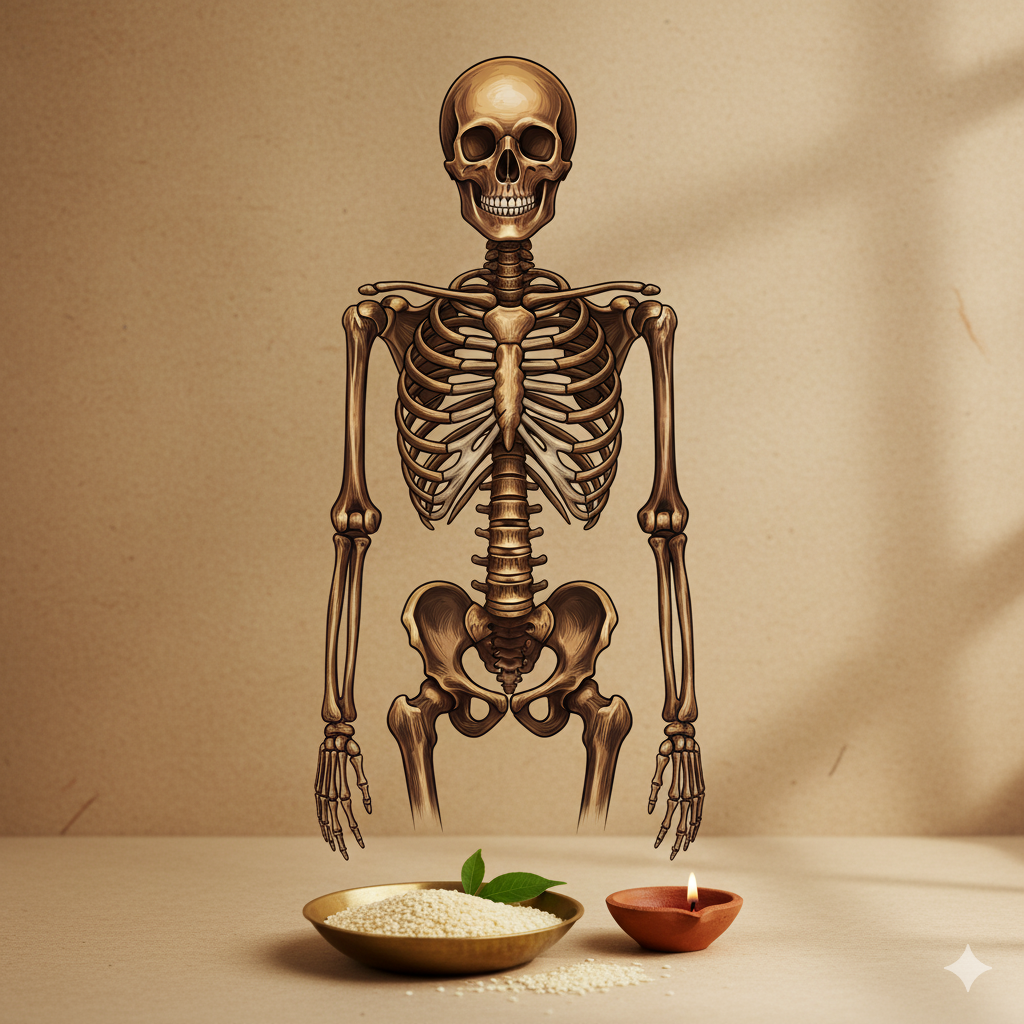Asthi dhatu has close resemblance to the carcass that forms our bodies. According to Ayurveda, it contributes to maintaining our body's shape. Meda dhatu is affected by the actions of fire, vaayu, jala, and prithvi; as a result, meda dhatu hardens and becomes asthi dhatu. Acharya Charak is the proponent of this theory.
We are aware that our body has three different sorts of doshas. All of the bodily functions are coordinated by these three doshas. The majority of ailments in our body are caused by the vata dosha, which aids the other two doshas in their migration throughout the body. The important place where vata dosha resides in all seven dhatus is the asthi dhatu. The dosha called the vata dosha therefore stays in the dhatu of asthi. Therefore, the vitiation of the vata dosha is a contributing factor in the development of the majority of ailments, including porous bones and arthritis.
According to contemporary science, the bone marrow that exists in our bones is the majja dhatu. The development of majja dhatu is one of asthi dhatu's primary roles, and it also nourishes majja dhatu.
What happens when there is a loss of asthi dhatu ? One may experience pain in their teeth as well as their bones as a consequence of losing asthi dhatu. Asthi Dhatu is in charge of causing the growth of hair and nails, hence one may experience nail and hair fall.
What happens when the amount of asthi dhatu increases? One tooth may be positioned above another tooth and the bones become thicker. Strong nails, teeth, bones, and a well-built body are characteristics of people with normal levels of asthi dhatu. When asthi dhatu levels are low, it's important to consume bone broth and follow a calcium-rich diet. As part of your daily routine, engage in aatap sevana (sunbathing).



